
Peoples and Languages
Social Media
Leave comments, suggestions, keep an eye on news in our groups on VK, Odnoklassniki and Telegram channel
Peoples and Languages
Social Media
Leave comments, suggestions, keep an eye on news in our groups on VK, Odnoklassniki and Telegram channel


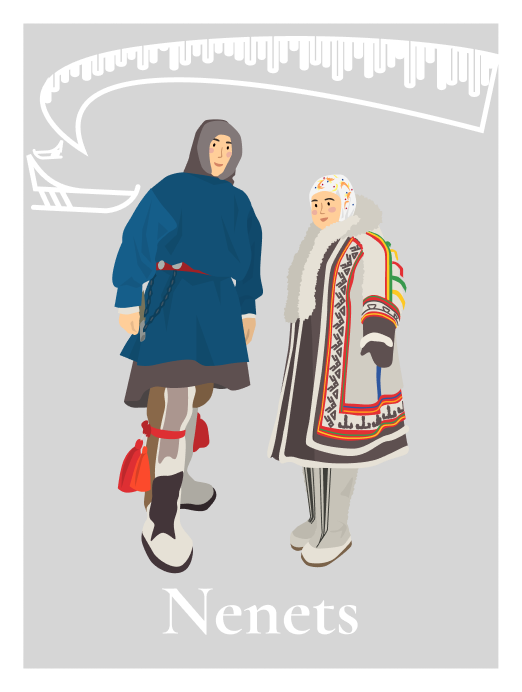
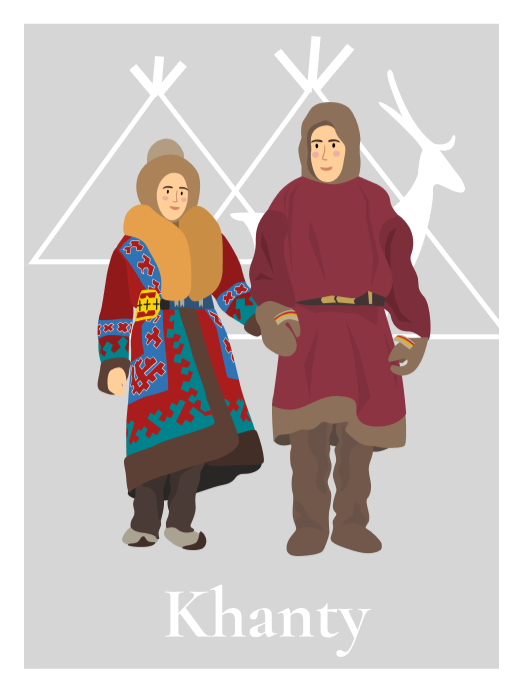


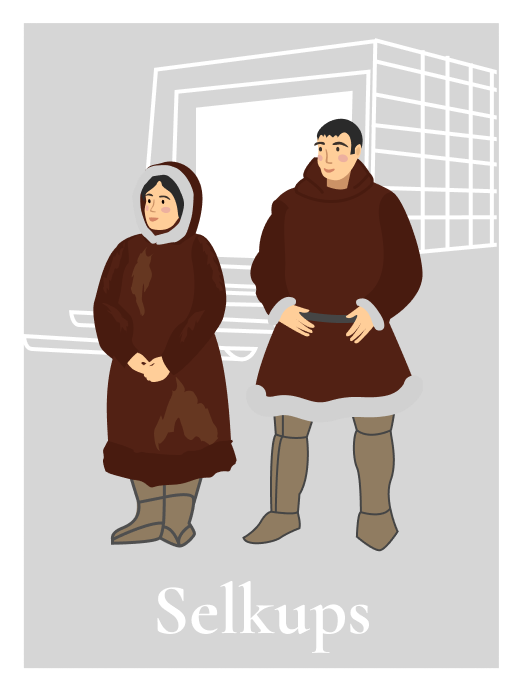
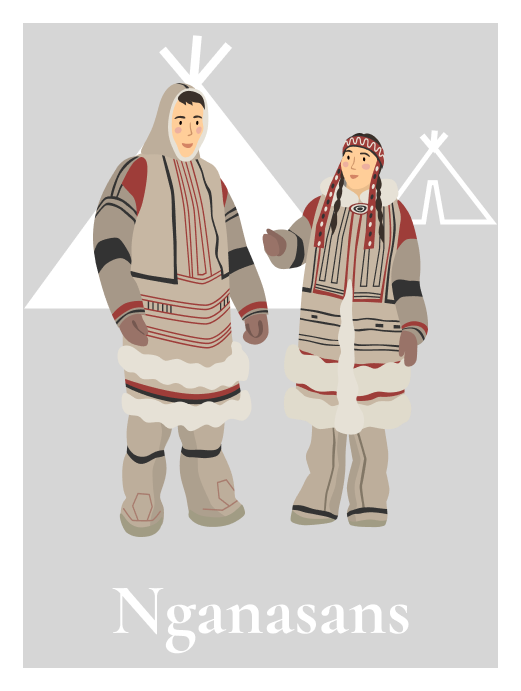
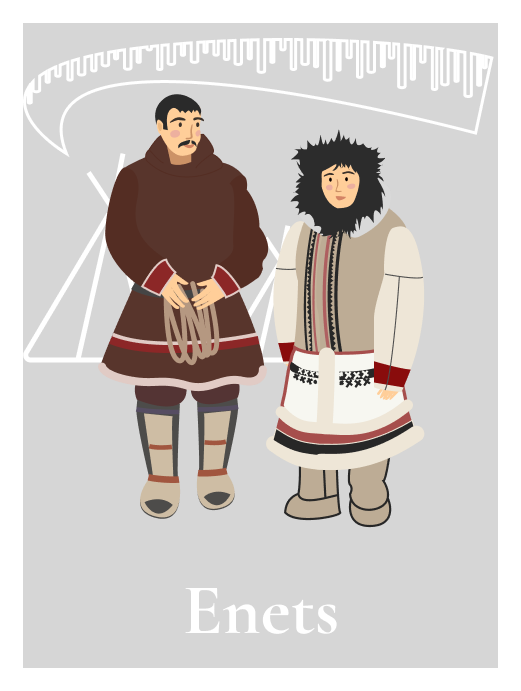
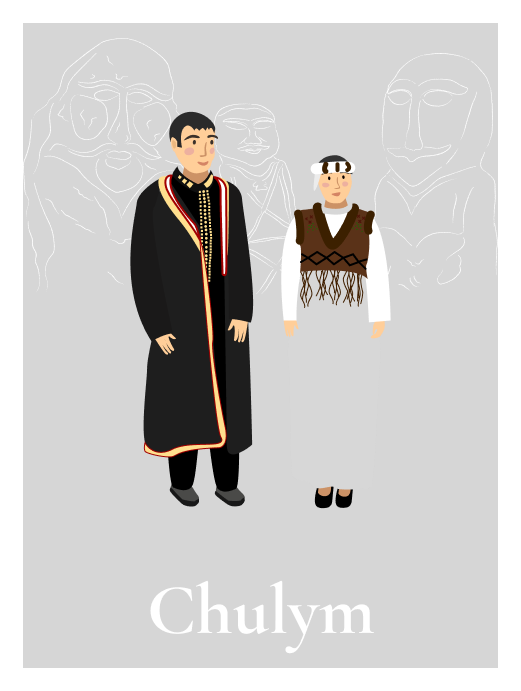
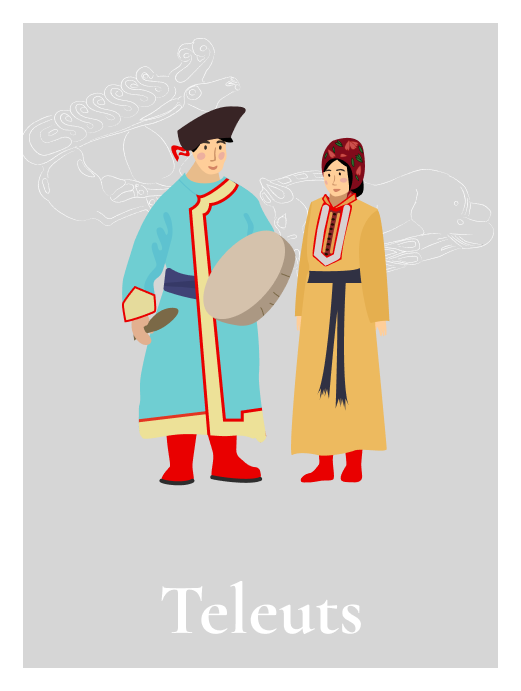


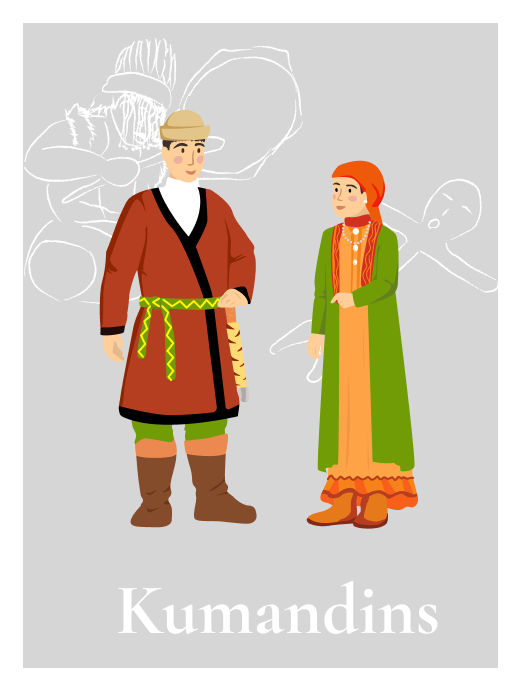

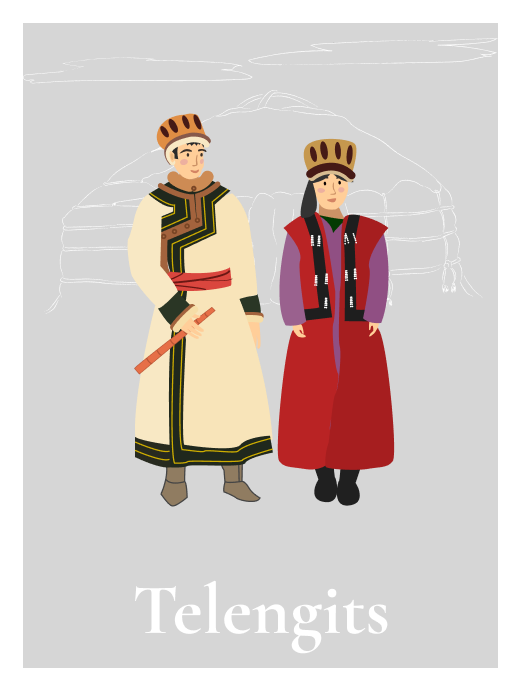

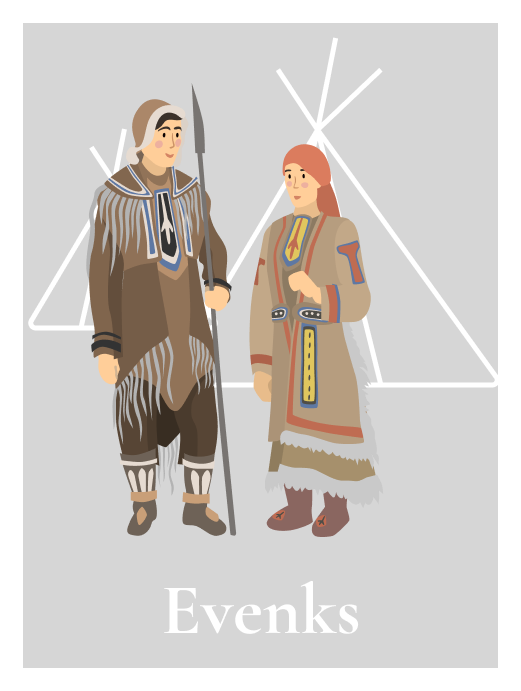
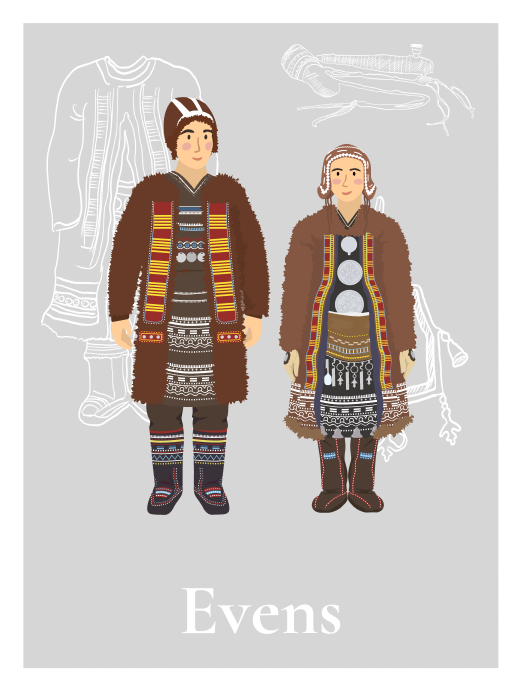
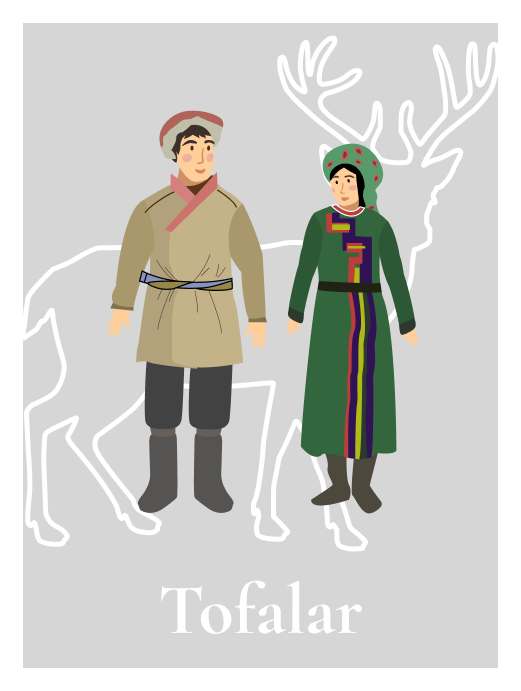
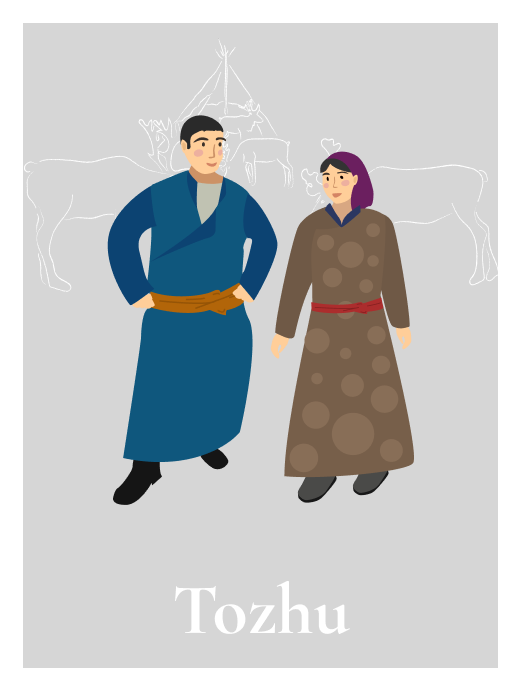
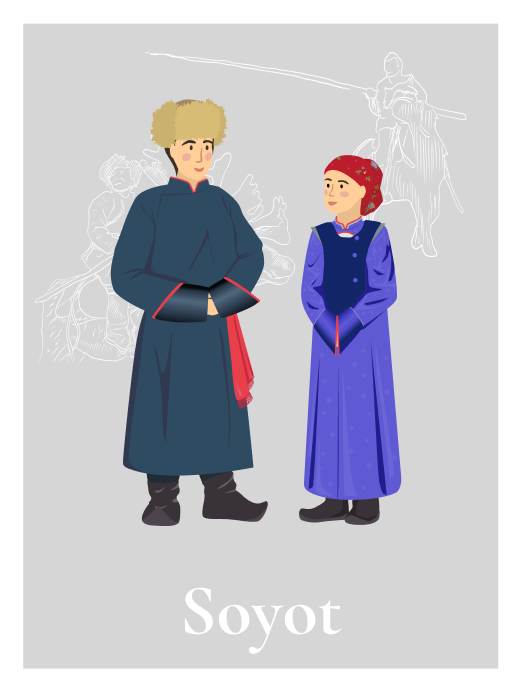
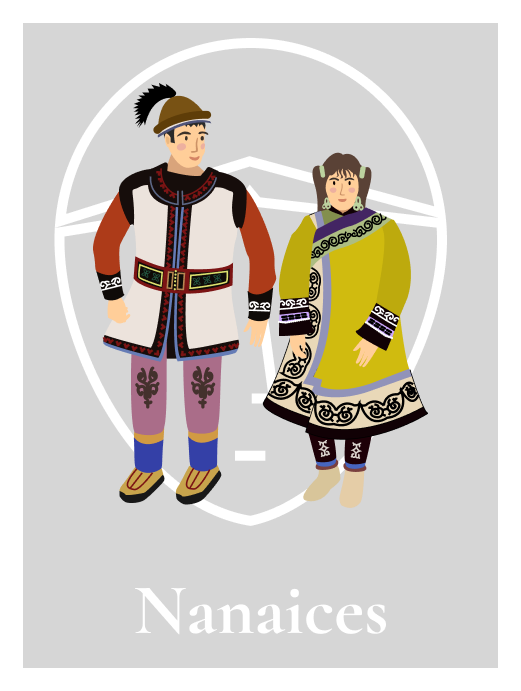
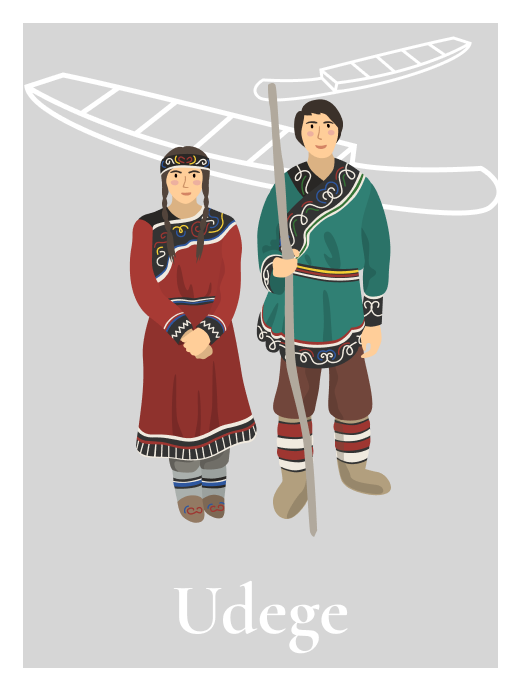

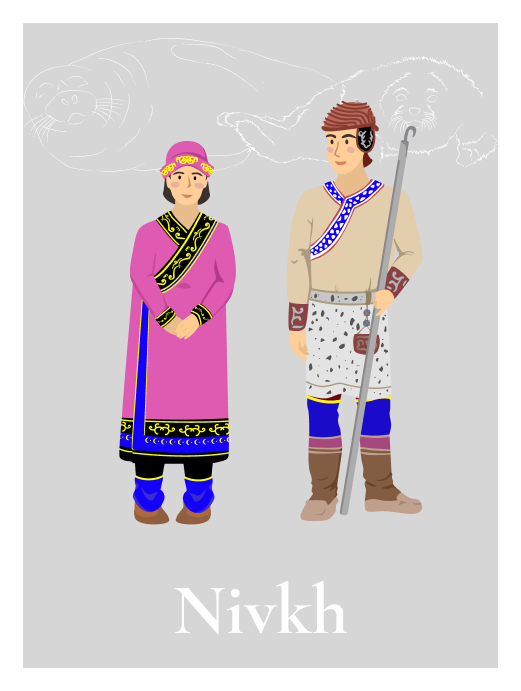
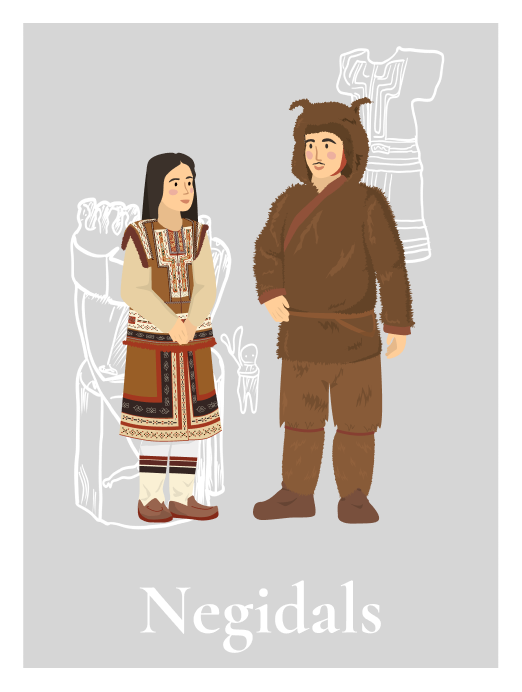
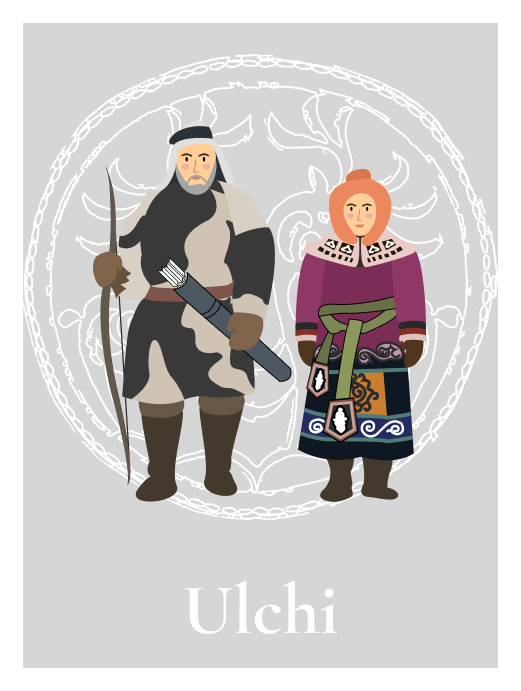


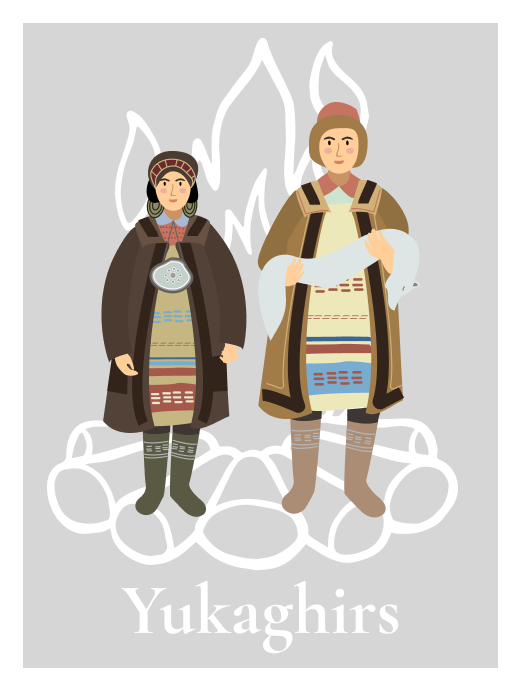
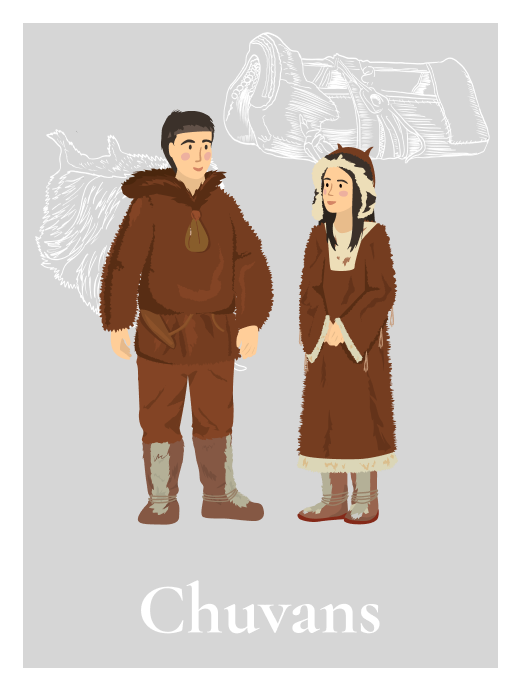
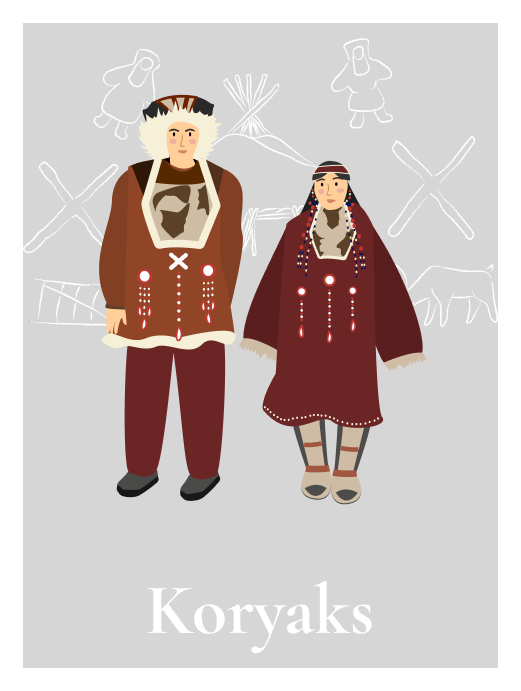

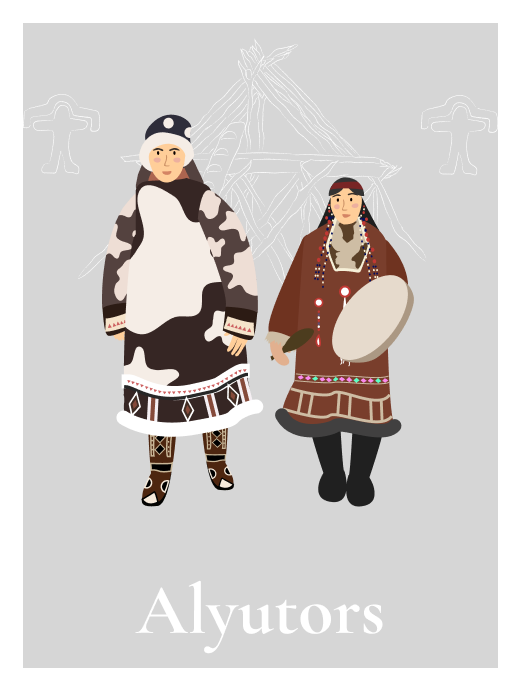


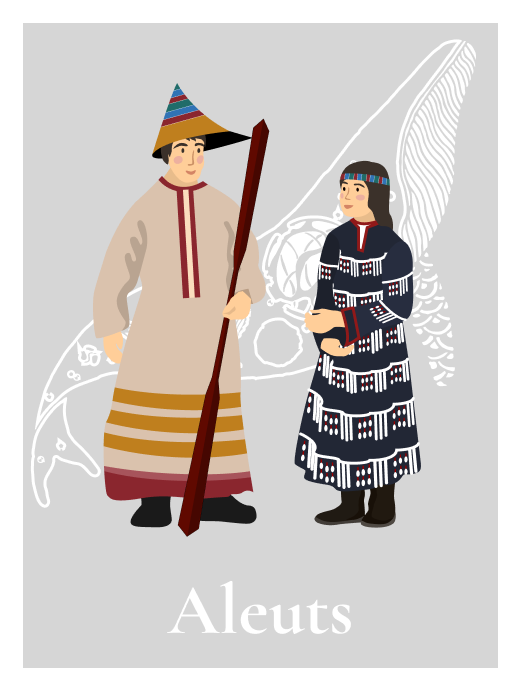

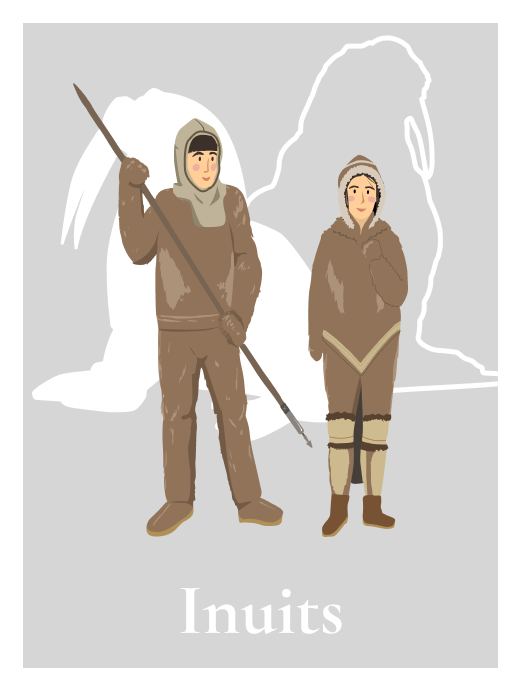
The autoethnonym is ude, udie. Until the 1920s the Udege had not had a single self-name; it was replaced by the names of the tribes. During this period, the Udege (together with the Oroch) were called Orochons.


The ethnonym Orochons or Rachons is still used in the Krasnoarmeysk district as a pejorative term. The ethnonym udekhe (originally the self-name of one of the Udege groups) was introduced by Sergei Brailovsky, who also introduced the term tazy as synonymous with udekhe. The ethnonym tazy (Chinese: 鞑子 t'a cze, 'resident of Primorye'), originally applied to all Udege, but currently denotes the ethnic group of the southern Nanai and the Udege who switched to the Chinese (and later to Russian) language. In academic literature the people was also called ude (Evgeny Schneider) or udykhe (Igor Kormushin). In the census of 2010, the Udege called themselves Ude, Udege, Udekhe, the Udekhe people. Exoethnonym is kekar/kyakala/kyakara (the Oroch), kyakara (Manchus).